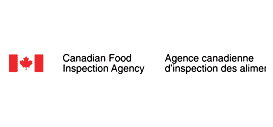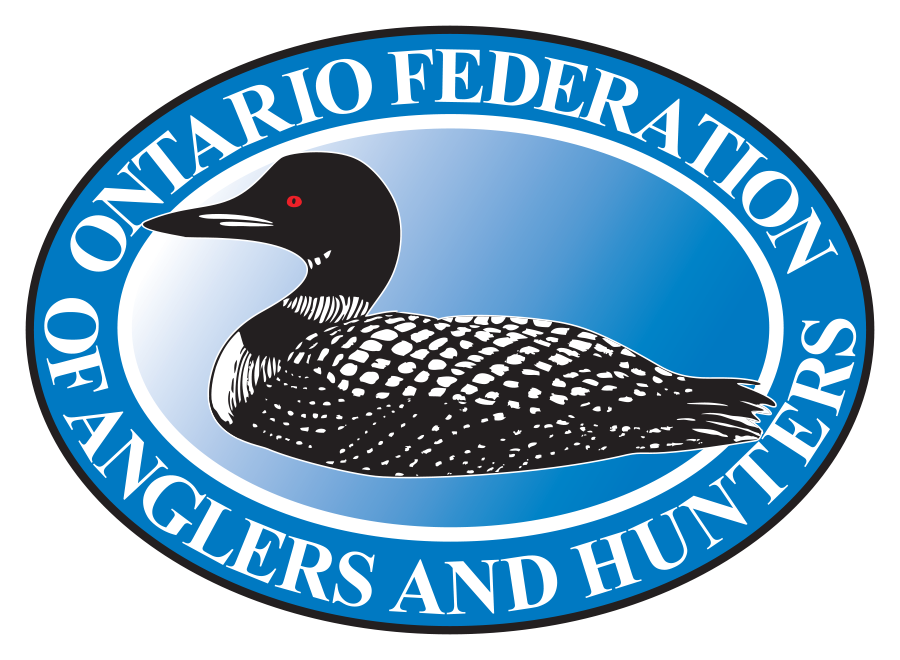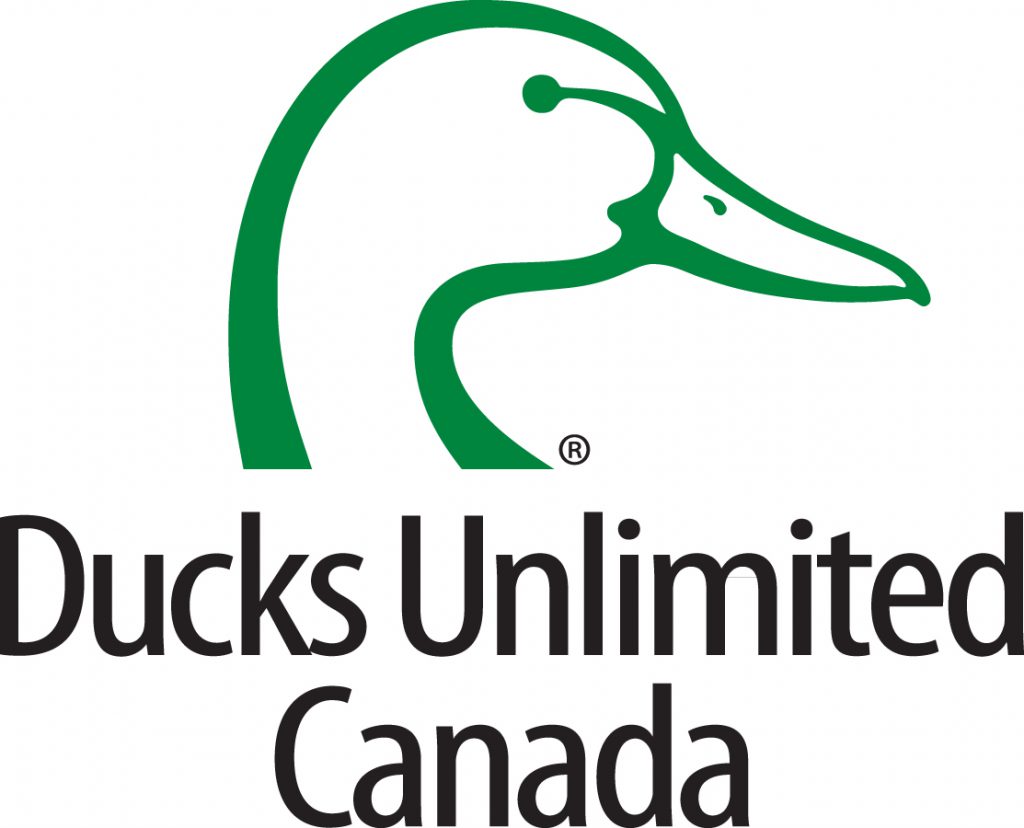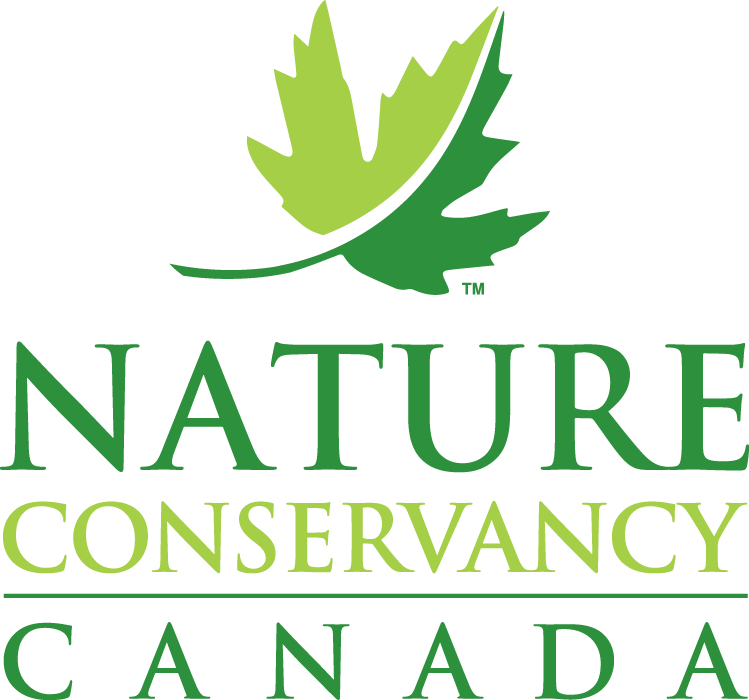We believe that strength is found in partnerships! Invasive species are dynamic and cross political boundaries, making collaboration the key to fighting invasive species. We thank all of our partners for their dedication of time, resources and expertise – your contributions have been indispensable to invasive species management across Canada!

ISC’s Rebecca Schroeder and David Nisbet at the 2020 Asian Carp Info Session in Windsor, Ontario. 
Representatives from Fisheries and Oceans Canada, Ontario Ministry of Natural Resources and Forestry, Toronto and Region Conservation Authority, and Ontario Federation of Anglers and Hunters at the 2020 Asian Carp Info Session in Windsor, Ontario. 
ISC Executive Director Sarah Rang with Canadian Bushplane Heritage Centre Executive Director Dan Ingram, ISC’s Leah Hodgson, Sault Ste. Marie Public Library CEO Matthew MacDonald, Canadian Bushplane Heritage Centre Board President Bob Elliott, and Science North CEO Guy Labine at the launch of the invasive species exhibit at the Canadian Bushplane Heritage Centre. 
ISC’s Colin Cassin with friends from the Ontario Federation of Anglers and Hunters. 
ISC’s Deb Sparks with the Honourable Ross Romano and Fisheries and Oceans Regional Director General of the Central and Arctic Region, Dr. David Nanang (former Director General of the Great Lakes Forestry Centre). 
ISC’s Rebecca Schroeder and Leah Hodgson with Science Festival Committee members from the Sault Ste. Marie Innovation Centre, Sault Ste. Marie Public Library, Science North, and Natural Resources Canada.
Founding Partners

Ontario Ministry of Natural Resources and Forestry
The Ontario Ministry of Natural Resources and Forestry (OMNRF) works to promote healthy, sustainable ecosystems and conserve biodiversity. OMNRF helps to conduct scientific research, promote conservation, implement policy, and protect natural resources. OMNRF helped to create the Invasive Species Centre and the Invading Species Awareness Program to help fight invasive species and conserve biodiversity in Ontario.

Fisheries and Oceans Canada
DFO is the governing body for aquatic activities. They set out policies and regulations, manage aquaculture and other industries, conduct research, and control fishing and boating activities. DFO manages many aquatic invasive species such as Sea Lamprey. The research done by DFO led to successful changes in the ballast water regulations of Transport Canada. DFO is now working towards preventing the spread of Asian Carp into the Great Lakes.

Natural Resources Canada
The Canadian Forest Service (CFS) is the national and international voice for the Canadian forest sector. It is part of Natural Resources Canada, a federal government department. The CFS provides science and policy expertise and advice on national forest sector issues, working in close collaboration with the provinces and territories.
Today, the CFS is pursuing its vision of a robust, globally competitive forest sector firmly underpinned by healthy, productive and sustainable forests. Achieving this vision is critical to ensuring the long-term economic success of the sector and the sustainable management of this important renewable resource.

Canadian Food Inspection Agency
The Canadian Food Inspection Agency (CFIA) is responsible for mitigating risks to Canada’s food safety as well as to animal and plant resources. This is integral to a safe and accessible food supply, as well as to public health, and environmental and economic sustainability. The CFIA’s Plant Program aims to prevent the entry or establishment of new regulated plant pests and to limit the spread of regulated pests that are already present. Examples of these pests include invasive plants such as devil’s– tail tearthumb and forest pests such as Emerald Ash Borer. Additional information on the CFIA’s Plant Protection Program is available on the CFIA’s website.

Ontario Federation of Anglers and Hunters
In 1928, a grass roots alliance of conservationists joined forces to become the Ontario Federation of Anglers and Hunters. Today, OFAH is the province’s largest nonprofit, charitable fish and wildlife conservation organization. Together with partners, they deliver a broad range of conservation initiatives.

Federation of Ontario Cottagers’ Associations
For over 30 years, FOCA’s Lake Stewards have been at the core of the Lake Partner Program, the world’s largest freshwater volunteer monitoring program. FOCA has also developed a boating hazard marker program approved by Transport Canada, and put together the most comprehensive risk-management program for volunteers in rural environmental groups, through the FOCA Association Insurance Program.

Ducks Unlimited Canada’s mission is to conserve, restore, and manage wetlands and associated habitats for North America’s waterfowl. DUC partners with government, industry, non-profit organizations, and landowners to get work done to connect people to nature and make a healthier world for future generations.

Nature Conservancy Canada
The Nature Conservancy of Canada (NCC) is Canada’s leading national land conservation organization. A private, non-profit organization, we partner with individuals, corporations, foundations, Indigenous communities and other non-profit organizations and governments at all levels to protect our most important natural treasures — the natural areas that sustain Canada’s plants and wildlife. They secure properties (through donation, purchase, conservation agreement and the relinquishment of other legal interests in land) and manage them for the long term.






